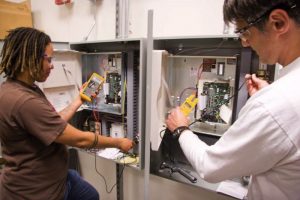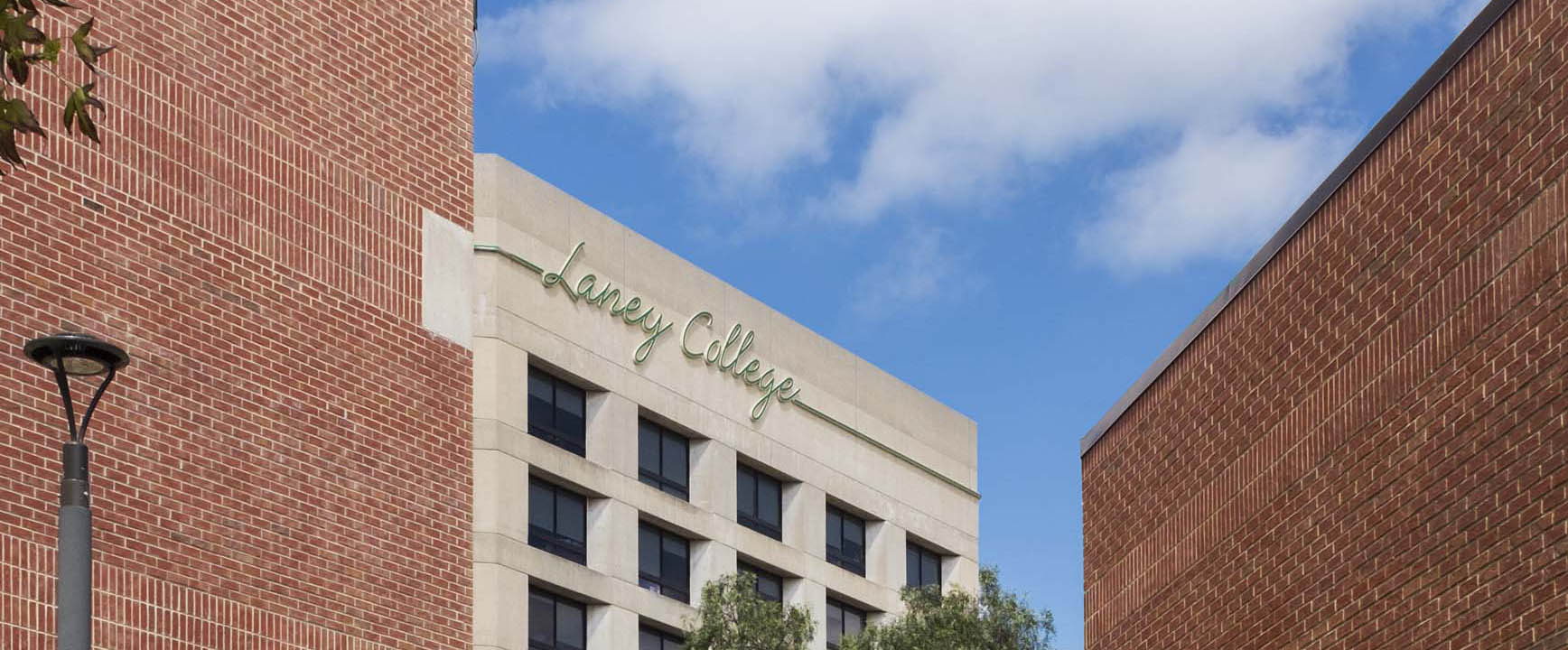 Commercial buildings are responsible for over 1/3 of electricity consumption in California, making them an important target for greenhouse gas reduction and energy efficiency goals. A significant percentage of wasted energy in commercial buildings is due to building controls malfunctioning or not being utilized to optimize energy savings.
Commercial buildings are responsible for over 1/3 of electricity consumption in California, making them an important target for greenhouse gas reduction and energy efficiency goals. A significant percentage of wasted energy in commercial buildings is due to building controls malfunctioning or not being utilized to optimize energy savings.
Inconspicuously located in a corner of a room or hallway and controlled via computer screen at a remote location, these small devices regulate the supply of hot or cold air, humidity and lighting levels, and can be programmed to turn systems up, down, on, or off in correlation to occupancy schedules, utility rate structures, weather conditions, and to immediately respond to security and safety needs. Control systems are a goldmine for energy savings and key to occupancy comfort.
Laney is installing a full-size multi-vendor building control system (BCS) for its commercial Heating, Ventilation, and Air Conditioning (HVAC) lab. The latest devices on the market will operate in unison to support HVAC training equipment in the lab. The different systems will be fully integrated through an interoperable network, simulating the latest trend in building automation.
Facility Dynamics Engineering, a nationally renown consulting firm, designed the controls system to optimize educational value. The system will allow instructors to simulate multiple scenarios of a typical building, program faults, and design case studies, allowing students to develop the systems-thinking and problem-solving skills required of today’s building technicians. This integrated design allows students to become familiar with different types of systems and real-world challenges of dealing with multiple vendors, vintages, and products in one building.
Four local control companies (ACCO installed the Automated Logic Controls in the ECT lab and the Building Automation lab, Specialty AC installed the Trane system, Snyder Electric installed the TAC system and Siemens donated and installed their control system) were invited to a walk-through, review the design documentation, discuss the design concepts, and to bid on portions of the project. Companies responded enthusiastically and worked together to accomplish the design intent. Donations of material and labor exceeding $56,000 were committed by participating companies. In addition, Siemens donated a stand-alone building control system with wireless capabilities in the value of $26,000 to be utilized for a built-up air handling unit. Industry partners understand the educational value of this multi-vendor system and will benefit directly by sending new hires to be trained at Laney, and by hiring individuals that have successfully completed this program.
Employers, students, and faculty can look forward to a truly state-of-the art controls lab facility preparing California’s green workforce in critical skills sets needed in the coming years.





